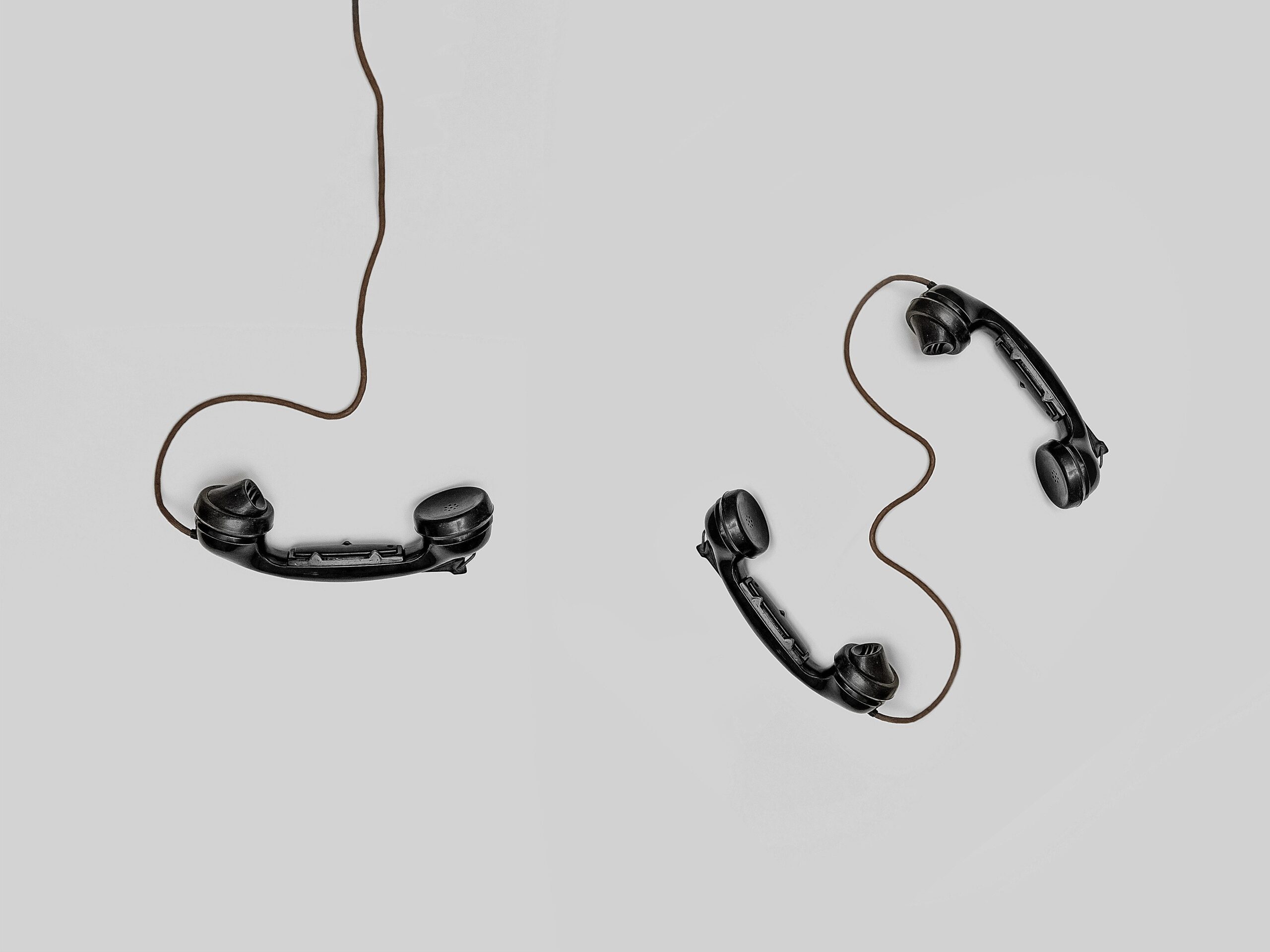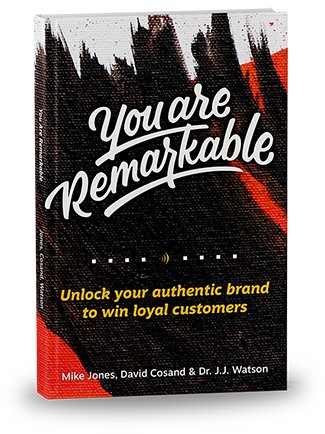In B2B marketing, we’re often supporting business development funnels. Basically, we’re sending traffic to sales. Those are different from B2C funnels in that we’re not trying to get people to buy. Instead, we’re trying to get people to get into a conversation that leads to a trusted relationship. And although a great brand builds trust, you still need an organized funnel to get customer into a conversation with a person. What we need is a simple B2B funnel strategy to get you off the ground.
So how do you anchor your marketing efforts? You map the path to purchase and measure it.
And you do that with a funnel.
A B2B funnel takes people from not having a relationship with you at all to connecting with a real person on your team.
But before we talk about how to do it, let’s cover a few principles.
- A funnel is defined by the bottom of the funnel. We call the bottom of the funnel “conversion.”
- A sales funnel is different from a marketing funnel. Don’t mix the two up. A marketing funnel’s job is done when it converts a prospect to a sales lead.
- You’ll probably start too simply, trying to move a prospect too fast through a funnel. More on that later.
The Simplest B2B Funnel You Can Imagine (and One that’s Realistic)
The best B2B funnel strategy is one you can understand.
Now that that’s out of the way, let’s talk about the goal: get someone who’s never heard of you connected to a salesperson.
And we’ll look at an overly-simple version to build understanding, and then a more realistic version to build on that.
Simple Funnel: LinkedIn > Homepage
The simplest funnel is this:
- Buy a LinkedIn ad, focused on an audience segment.
- Send them to your homepage.
- They find the “contact us” area and reach out to be connected with sales.
The problem with this is that a homepage is too general to really connect quickly with a specific audience’s need. Most companies have more than one product, or they have websites that talk about the company, the products, client testimonials, etc. And the homepage is talking to all of those customers. And this isn’t great.
For more on why targeting is so important, check out this post.
A campaign is built for relevance, which means specificity. That means you target a specific audience with a message that’s relevant to them.
Let’s say you’re targeting sales managers, even though your website sells to more people than that.
The bottom line? If you send them to a website homepage with many options and targeted at many different roles, you’re likely to lose them.
There’s a better way, and that’s to create a landing page for the campaign fits the person you’re targeting in the campaign.
Realistic Funnel: LinkedIn > Email Journey > Landing Page
An improvement to the above approach would be to warm up the relationship a bit. We’ll add two simple elements: time and information.
In other words, you grow the relationship, even before they talk to sales.
- Run LinkedIn Ads that send them to the landing page. After 3-7 times seeing the ad, they click to the landing page. This is the top of the funnel.
- Ask for Newsletter Signup. The landing page asks them to sign up for the newsletter. It doesn’t ask them to buy, directly. It’s too soon for that. You’re just saying, essentially, “Hey, if the way we think makes sense to you, sign up for the newsletter and get more of it.”
- They get 3 emails, spaced out, to welcome them to your newsletter. No high-pressure sales, although you can tell them where to find out how to move today
Remember, B2B is a longer sales cycle than B2C. The prospect needs to trust the brand, see that you know your product and know your customer. If you can do that at the marketing level — before sales even touches them — you’ll be delivering stronger, sales-qualified leads. So even if they’re not buying today, when they’re ready to buy, you’ll be a strong candidate, having answered all of their objections.
Your B2B Funnel Workflow
Here are the basic steps to start your B2B funnel strategy.
- Build a Lander. Make a landing page based on one person you want to talk to. Remember, it has to lead to them taking an action (e.g. making a phone call or buying a product). Let’s say it’s buying a product.
- Make Ads. How will you get someone to the landing page so they can see all you’re offering? LinkedIn ads?
- Write the Message. What kind of message do the ads need to convey? Write a message to the audience in a way they can understand.
- Measure the funnel: One person needs to see the ad 4-7 times before they’ll buy. It’s different for different products/services. So you want a couple thousand people to see the ad, preferably 4-7 times (rather than a huge number seeing it only once.)
- For each conversion from step 1, how many people had to come to the landing page?
- For each landing page visit, how many people had to see the linkedin ads?
- Optimize. Get this figured out, optimize your funnels and then just turn the crank.
Your Funnel Might be Too Simple, and That’s Okay
Listen to the funnel. The funnel is an analytical tool your analytics person shows you. It reflects the work you did on your website, in LinkedIn, etc. It shows you how everything’s working. So don’t stop at building a simple interaction. It takes time and study to know if you’re trying to move too fast or too slow. But listen to the funnel, and it’ll show you.
Your first funnel iteration won’t look like much. While I encourage you to build a funnel and measure it so you can get a hold of a key concept of marketing, know that your first one might not work out the way you want. That’s because when funnels are too simple, you don’t give people enough interaction to trust you. In other words, you rush them down the funnel.
Let’s roleplay.
Let’s say I’m trying to get you to buy my custom CRM software, and my goal is to get you down a marketing funnel that puts you in touch with one of my consultants. So I make a funnel that goes from advertising on LinkedIn to buy our product to our sales page, which gives you the option to talk to one of our reps.
But what you see is a LinkedIn ad asking me to buy something I’ve never heard of. I may not know that you really understand my problem or my objections. And I may need to see your ad a few more times while I’m scrolling LinkedIn for it to sink in.
So although building an initial funnel is the first step, you’re not done until you work aggressively on that funnel for a few months.
Maybe you need to add a step or two. So do it, and test the step and see if it helped. Use the funnel to tell you.
Support Sales with a Simple B2B Funnel Strategy
All this to say that, in order to really support B2B sales, we need to be able to measure funnels and make sense of how people are moving through the process toward sales.
Once we have a funnel, we can modify it and start looking at things in more detail. But without it, we have no reliable way to diagnose problems or grounds for making meaningful improvements.
But if you start with a funnel, and review it regularly, getting curious about how it works, the adjustments you make could save you money and time and deliver more qualified leads to your company.



